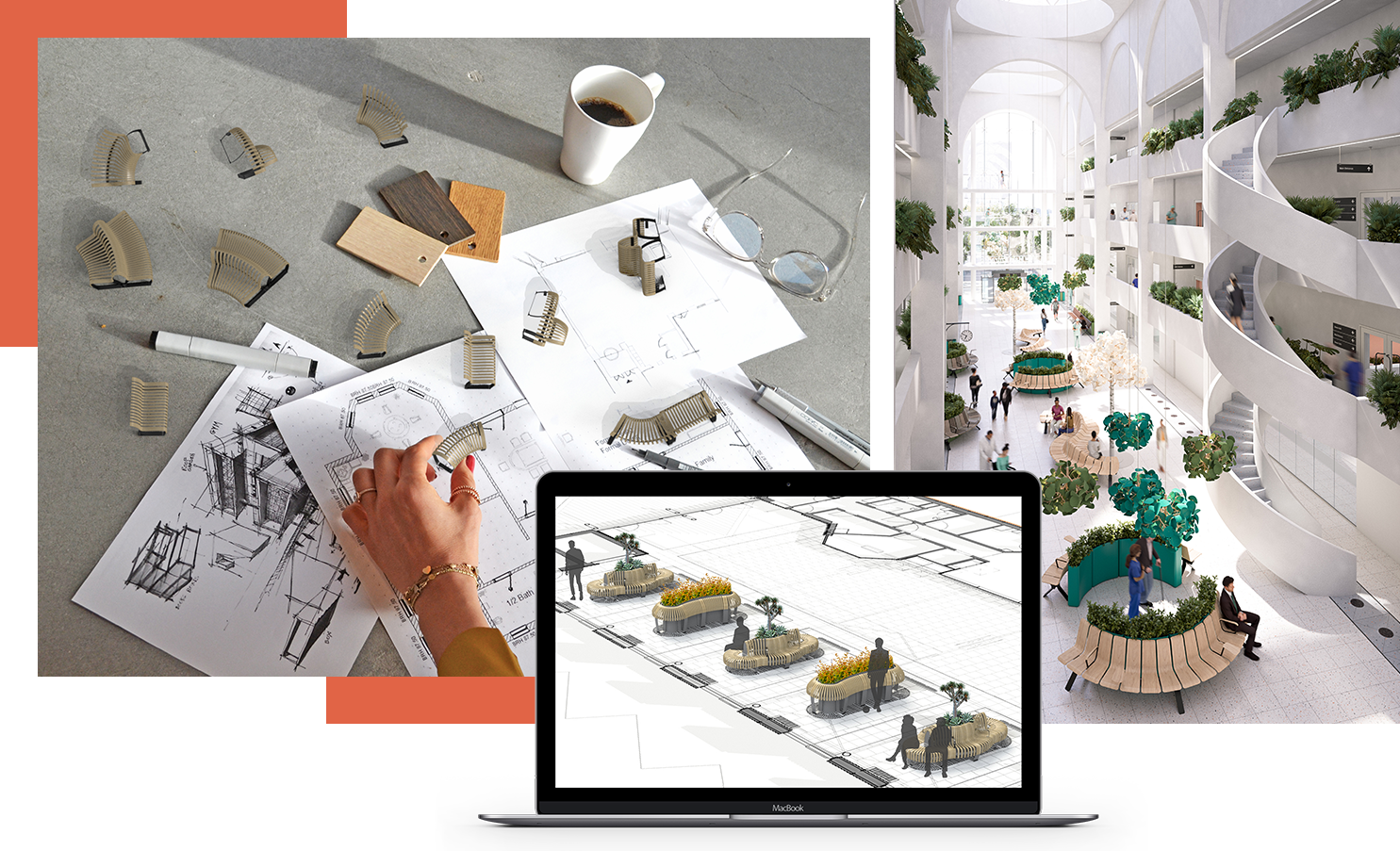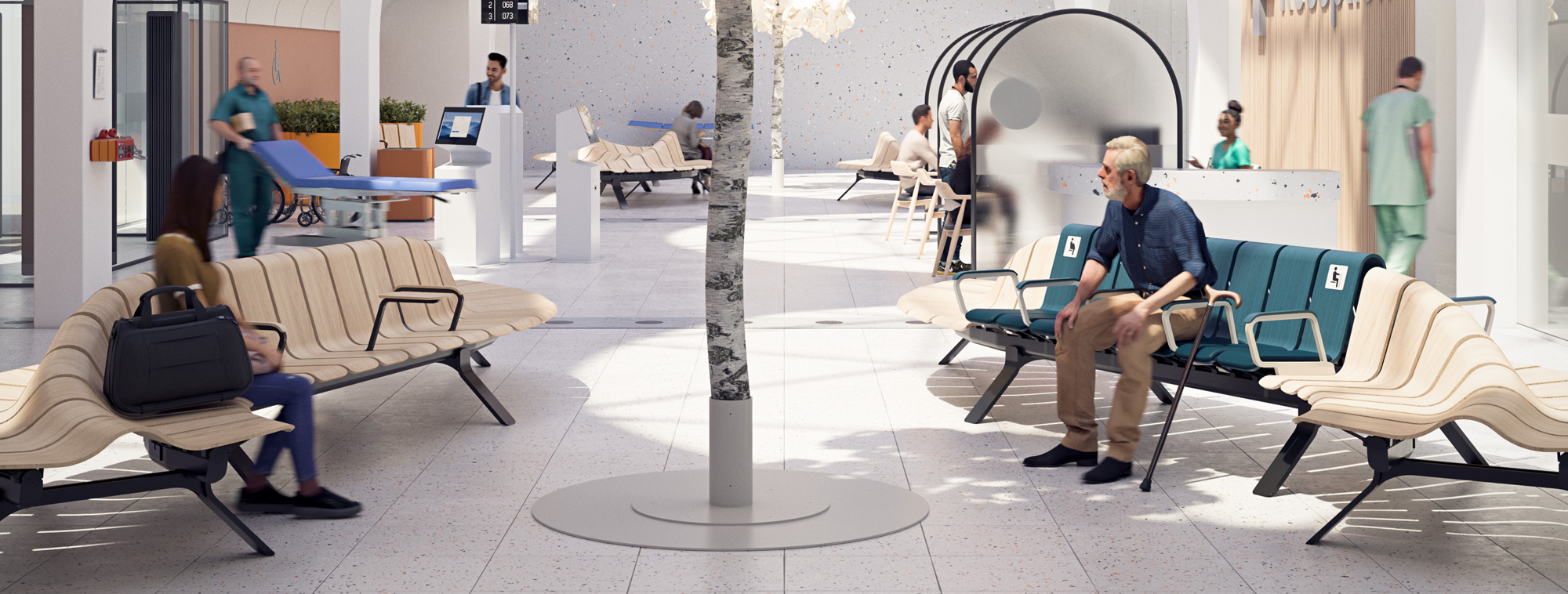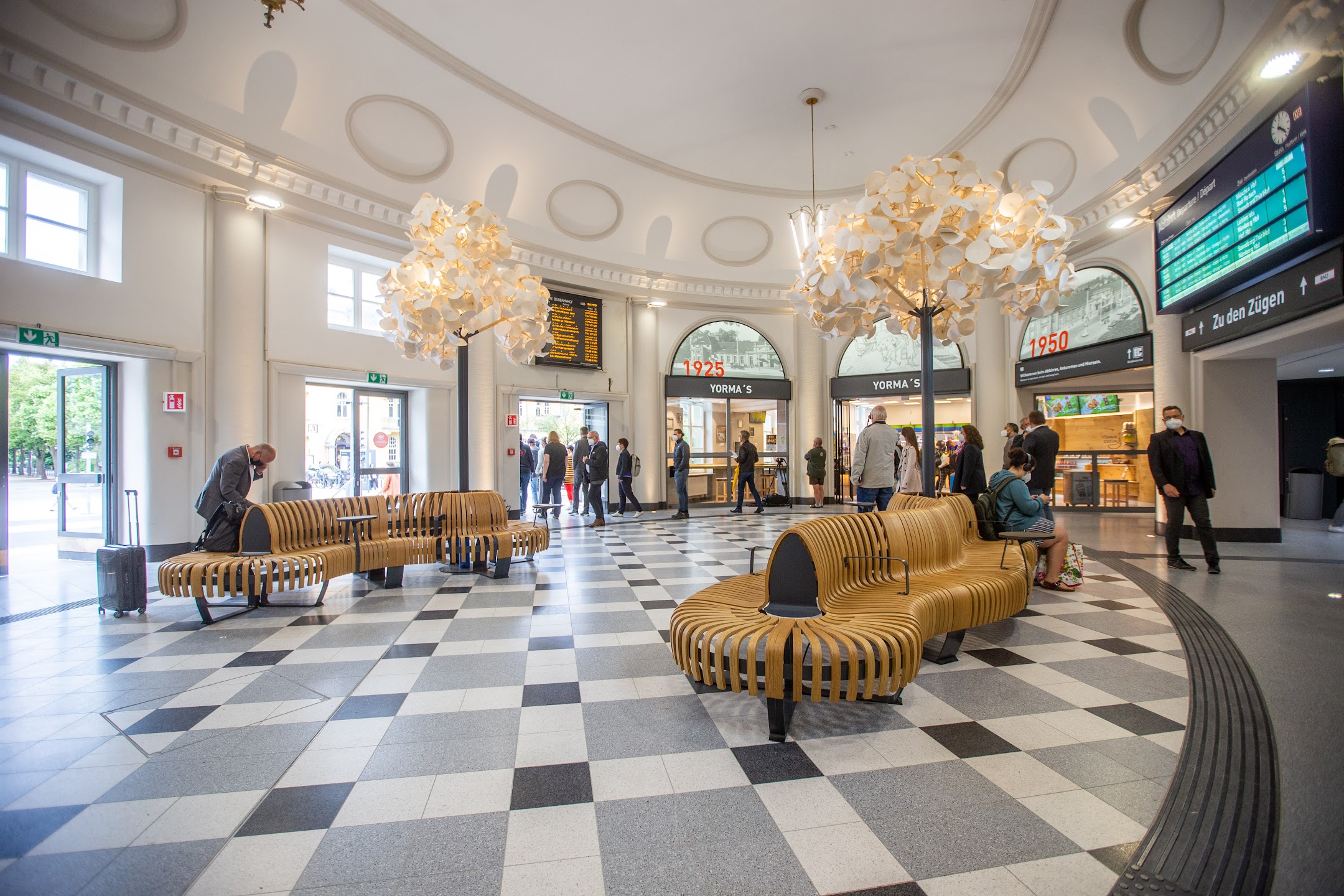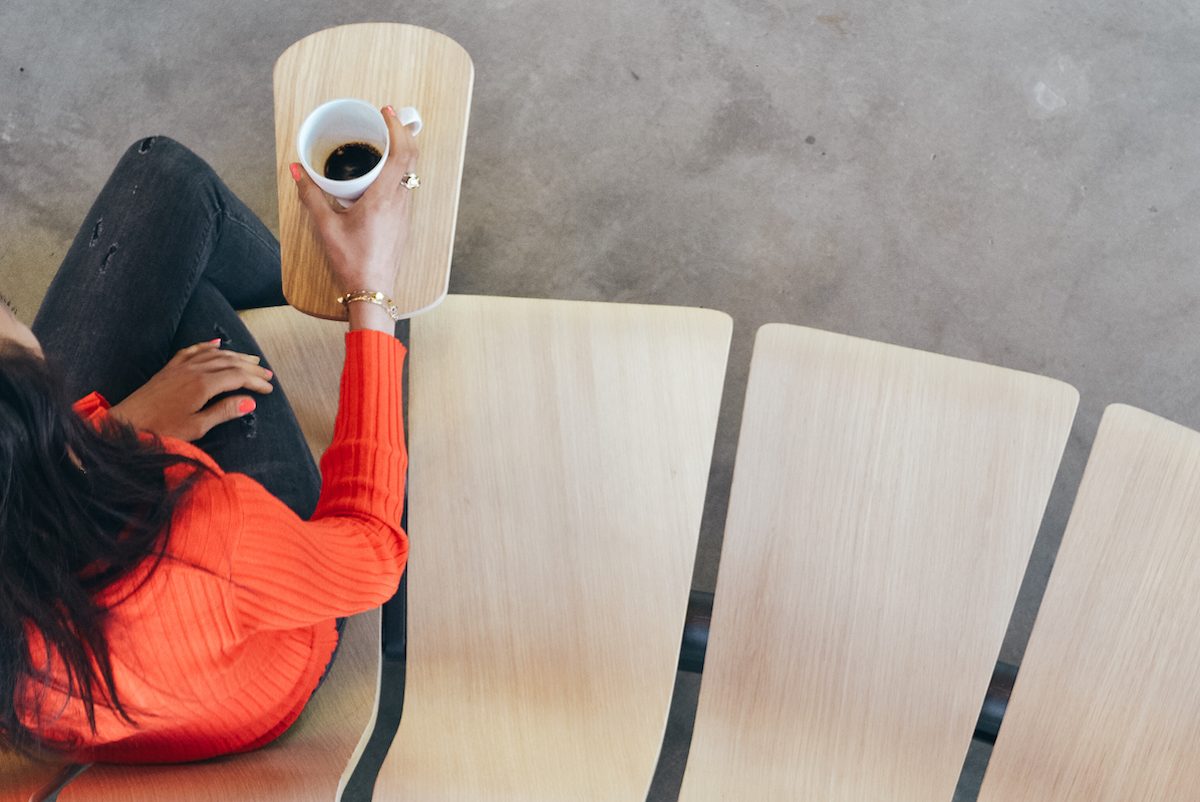Public furniture in the art of placemaking
“Placemaking is turning a public space from a place you can’t wait to get through, to one you never want to leave.” Fred Kent, Founder of Project for Public Spaces.

Placemaking starts conversations, what does that mean?
“Placemaking” seems to be everywhere these days and it has become an even bigger buzzword in architecture and urban development as we reimagine our public spaces after Covid-19. We thought perhaps it needed a little explaining.
Placemaking is essentially the art of turning spaces into places, so let’s start by defining spaces. Spaces have a form and a function and they reflect the vision of the architect. They are waiting to be filled with life, feelings, activity and memories. Spaces are abstract; in a sense they could be anywhere.
Places are more than spaces
Places are in many ways ‘more than’ spaces, they are about human relationship to a particular place with a particular character and a particular story.
Places invite human connection. They are about individuals and community, a sense of pride in where and how we live. Places ask people to feel emotions and have experiences, with placemakers seeking to uplift and generate positive emotions. Placemaking tells the story of a place by including its unique history, local assets, character and culture.
Connect with one of our inhouse designer for more placemaking ideas for your public space project.

Placemaking is also about wellbeing, both of people and the environment. Increasingly, placemakers focus on sustainable and responsible design, biophilia (love of nature) and organic forms. Top priority for many placemakers of public spaces is visitor safety.
Places can be designed mindfully, including the principles of multi-sensory mindfulness to bring us back to our senses and back to ourselves. This means moving beyond the visual sense and including textural elements and sound, smell and taste (even if it’s just clean air), but also the sixth sense of ‘spirit of place’ that we cannot always fully express, we just know feels good.
An important aspect of mindful design is the orientation within and movement around a place. Placemakers look for openness, for movement to be easy and intuitive and for experiences to flow and feel seamless.
The materials and manufacturing of furniture say everything about the maker’s core values and about a long-term commitment to the places they are making. Furniture can start conversations around sustainability and environmental responsibility that impact on place. The designs do this too, especially if the design language is based on organic forms and natural, biophilic themes for indoor and outdoor spaces, or for places such as health care facilities that want to bring the outside in.
Placemaking furniture is also flexible and adaptable and takes account both of context and of human choice. Design for placemaking is understanding that people have different needs that may change over the course of a day, year or lifespan of an individual public space.

Well-designed public furniture tells the story of place
Furniture is a vital aspect of placemaking and can help to elevate a ‘space’ into a ‘place’. It can create architectural impact while being attuned to the individual story of the place it is set within. Furniture can make a statement. It can be unique, surprising and memorable and help to enhance local character.
Placemaking furniture creates connection and improves visitor satisfaction. It suggests use of space and ways of living that are place-specific and it invites personal experience. It can also become a cultural and community focus, an invitation to connect with others by offering seating, gathering and meeting points, and ways of moving around.

The materials and manufacturing of furniture say everything about the maker’s core values and about a long-term commitment to the places they are making. Furniture can start conversations around sustainability and environmental responsibility that impact on place. The designs do this too, especially if the design language is based on organic forms and natural, biophilic themes for indoor and outdoor spaces, or for places such as health care facilities that want to bring the outside in.
Placemaking furniture is also flexible and adaptable and takes account both of context and of human choice. Design for placemaking is understanding that people have different needs that may change over the course of a day, year or lifespan of an individual public space.
Placemaking with Green Furniture Concept
Today, many public places or waiting areas have endless straight, grey lines of seating. No warmth, unwelcoming, and without any sense of place, just a space like any other. Green Furniture Concept wanted to challenge this perception of what a public space could look like, and create something more people-friendly, something for everyone to share. An island in the public space. A place where people could talk, laugh, contemplate, and network. A place to build relationships. Creating meeting points that reach out beyond spatiality to a sense of place, a sense of local character; inviting conversation and making landmarks.

Wellbeing of people and environment
As leaders in timeless sustainable design and biophilic furniture, nature is our inspiration at every stage of the design and manufacturing process, putting the wellbeing of people and the environment first.
The organic shapes and natural materials, with variations in tone and texture, create an ease of use and movement and a calm, mindful atmosphere. They are ideal for waiting rooms while having wider application to placemaking for wellbeing in general. The choice of material and finishing is always made with visitor safety and satisfaction in mind.

Building unique communities
Green Furniture Concept helps to build community through the placemaking concept by designing public benches with shapes that invite physical interaction and open conversation. Lines flow and curve, allowing relaxation and easy communication.
Understanding the importance of flexibility and individuality in placemaking, the design is modular and adaptable; architects are welcoming this into their architectural toolbox when designing public places.

Context is key. Airport lounges or stations can be stressful, with all the tiredness and high emotions from a thousand individual journeys requiring rest points and a sense of calm. In contrast, schools need inclusive seating and meeting points to encourage confidence in shy students and help in building groups.
Share on LinkedIn

